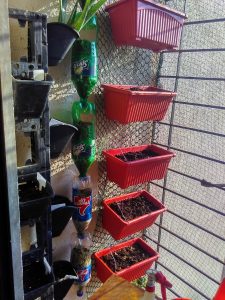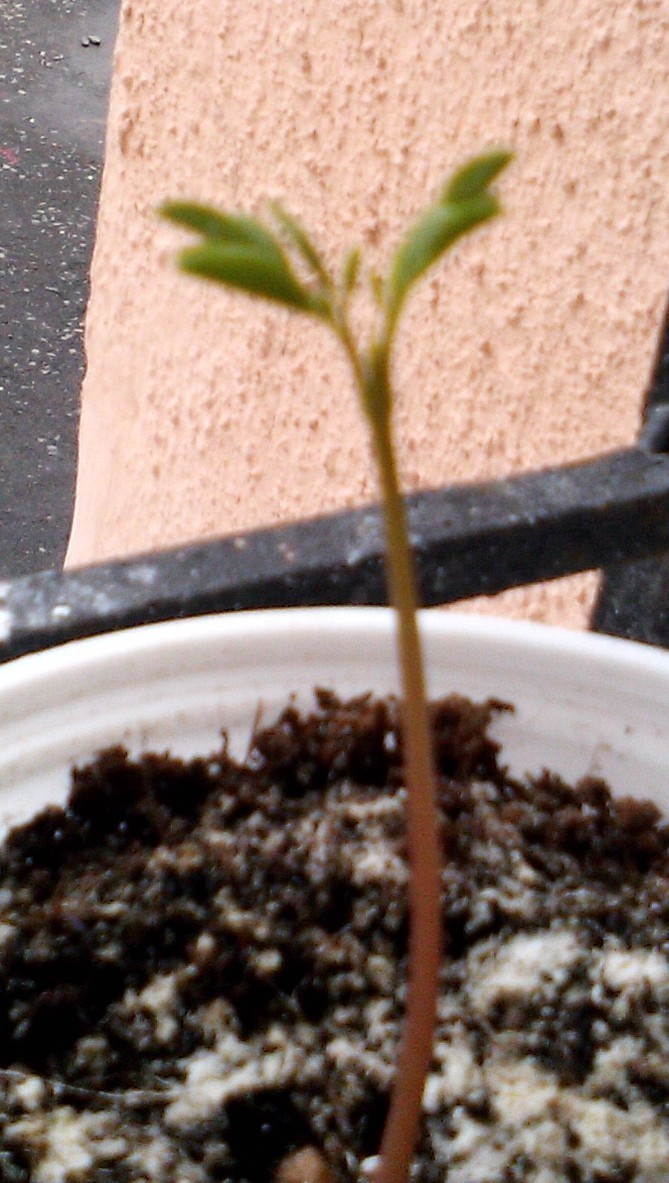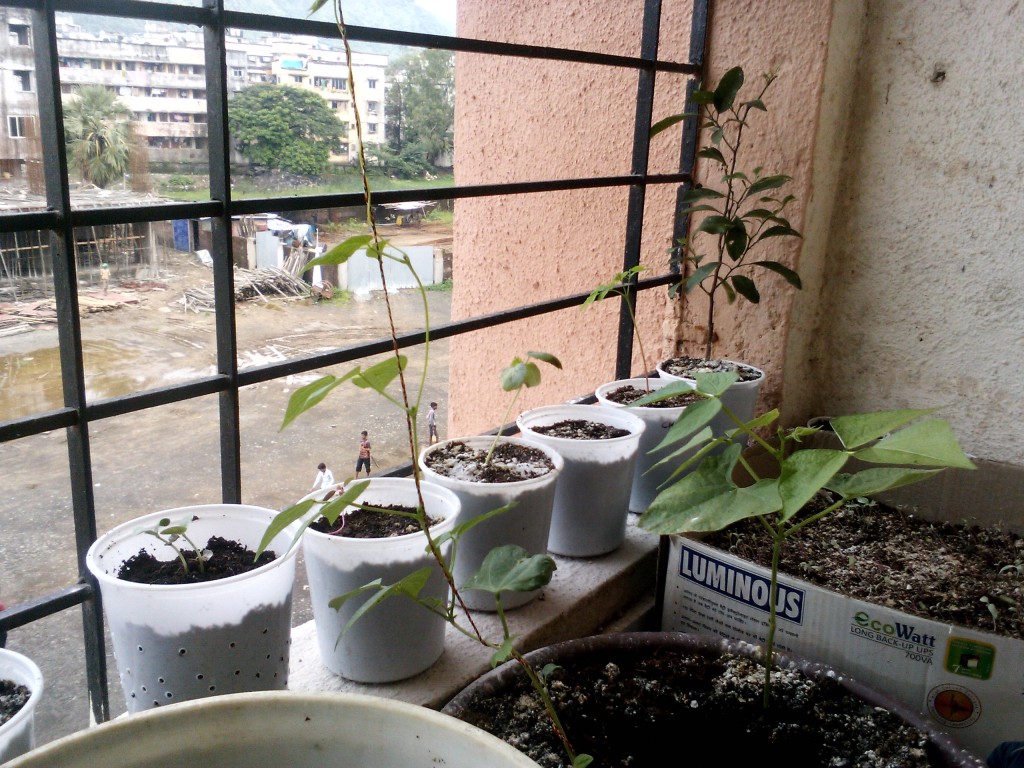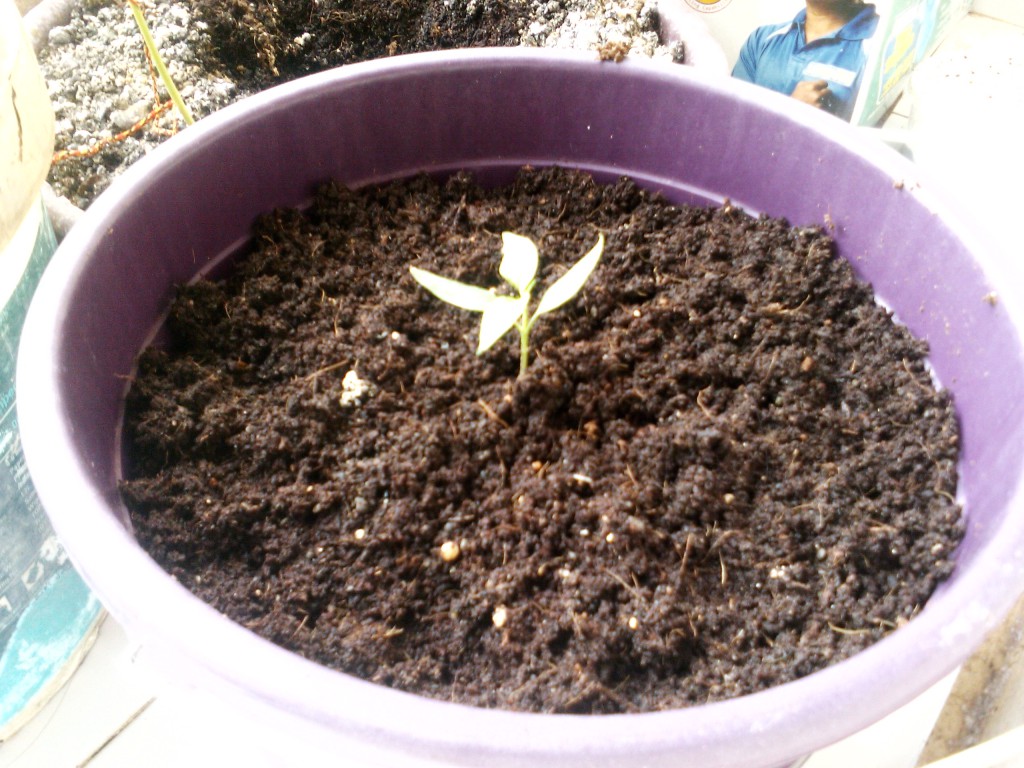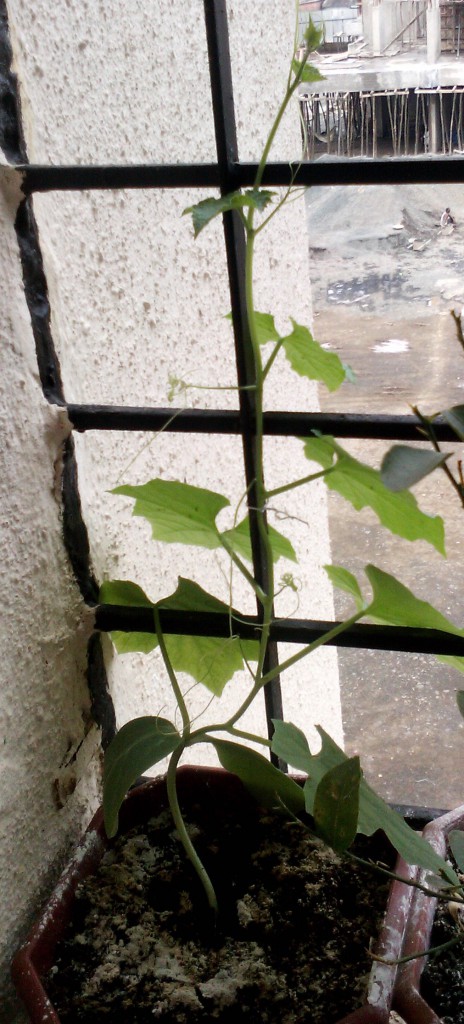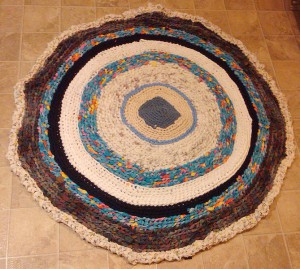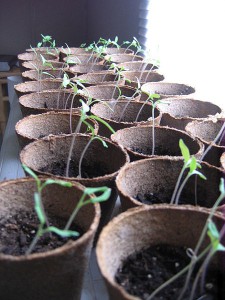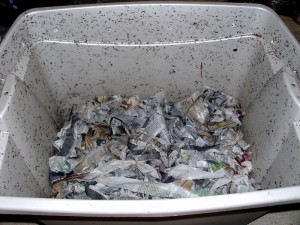Update: The government has now allowed online sellers the same exemption from having to register for GST as regular sellers. So I am once more selling soaps and carnivorous plants.
This blog is basically about the stuff I am up to at home. When I make artistic soaps because I enjoy making them, I sell the surplus, because there is only so much bathing one can do. When I grow plants (mostly carnivorous, but some others too), I sell those I grow in excess and seeds so that people interested in these hard to find plants can obtain them and grow them themselves. I’ve spent far more than I’ve earned on both h0bbies, but the purpose of doing them was never to do big business. Could I expand if I wanted to? Sure. But I am a loner, thinker at heart. Spending my day selling stuff is not a vision I hold for myself.
The little money I did get was spent right back on obtaining more obscure plants. Usually from abroad, because the irony of carnivorous plants growing in India is that even as their habitats die, unlike in other countries, enthusiastic citizens have not taken up growing them in private collections. So today, if you want to buy a drosera indica or its seeds, you end up buying from abroad – a plant that natively grows in India and is, in fact named such. There are a few carnivorous plant sellers. All of them online. There simply isn’t enough of a market nationwide for individual sellers to chalk up say…. 20 lakhs in sales a year. Let alone profit.
There are maybe a dozen sellers in the country – 4-5 that I know of. Perhaps a few hundred enthusiasts to buy from them. Maybe a few thousand. Nationwide. I would be surprised if any of the businesses chalk up stunning profits. This is a hobby of lovers. The sales may make minor profits for those who invest space and money, but for the large part in a country where agriculture itself is a loss making proposition, the possibility of obscure carnivorous plants raking in the moolah is remote. Most of us hobbyists, delling as individuals wouldn’t even need to register a business unless there was a proper nursery involved. Certainly not the likes of me, growing plants in my balcony.
But the GST is an odd thing. To sell anything at all online. No matter the amount, you must register and file returns. This would involve creating the paperwork for a business, filing GST for every state that happened to have a person buy a soap or two from me, and generally spending more on paperwork than the actual materials I invested in or profits I made.
It is not worth it. The government clearly wants only people who do business in lakhs of rupees only to be enabled for online business or to pay a disproportionate amount for the right to do it legally. It amounts to charging citizens for the right to sell in the country outside whatever locality they are in. This will discourage businesses with a turnover of less than 20 lakhs, which will be prevented from growing from exposure to nationwide sales unless they take the gamble of committing to filing GST foreverafter in order to find out.
In my view, the GST is unjust to small sellers and particularly seeks to destroy small online sellers. But I am not enough of a businessman to make this battle mine.

A healing, soothing, cooling soap with an earthy calming khus fragrance, leaves your skin feeling nourished with aloe vera.
So here is what I am doing. This site no longer sells anything. If you wish to buy, you may come over and meet me locally and buy from me, or get someone to buy locally from me and send it to you. I can pack for shipping.
Alternatively, I can send you gifts of soaps and plants, if you gift me things I covet. No money will exchange hands. Hobbyists trading in things is hardly business. And it is pretty much the scale of what I am up to. Feel free to email me at vidyut@vidyut.info and see what sort of an exchange can be worked out, if you liike something on this site. I suppose I no longer have to limit myself to India.
Also people who help sponsor my writing on aamjanata.com will be entitled to a token gift from here.
Let us see how this goes. Will really be a pity if hobbyists are successfully strangled by the govt.
Thread about the whole thing on Twitter.
So I finally read the GST thing and decided that business is not a viable idea for me/small online. I'll spend more on paperwork than I earn
— Vidyut (@Vidyut) September 21, 2017

